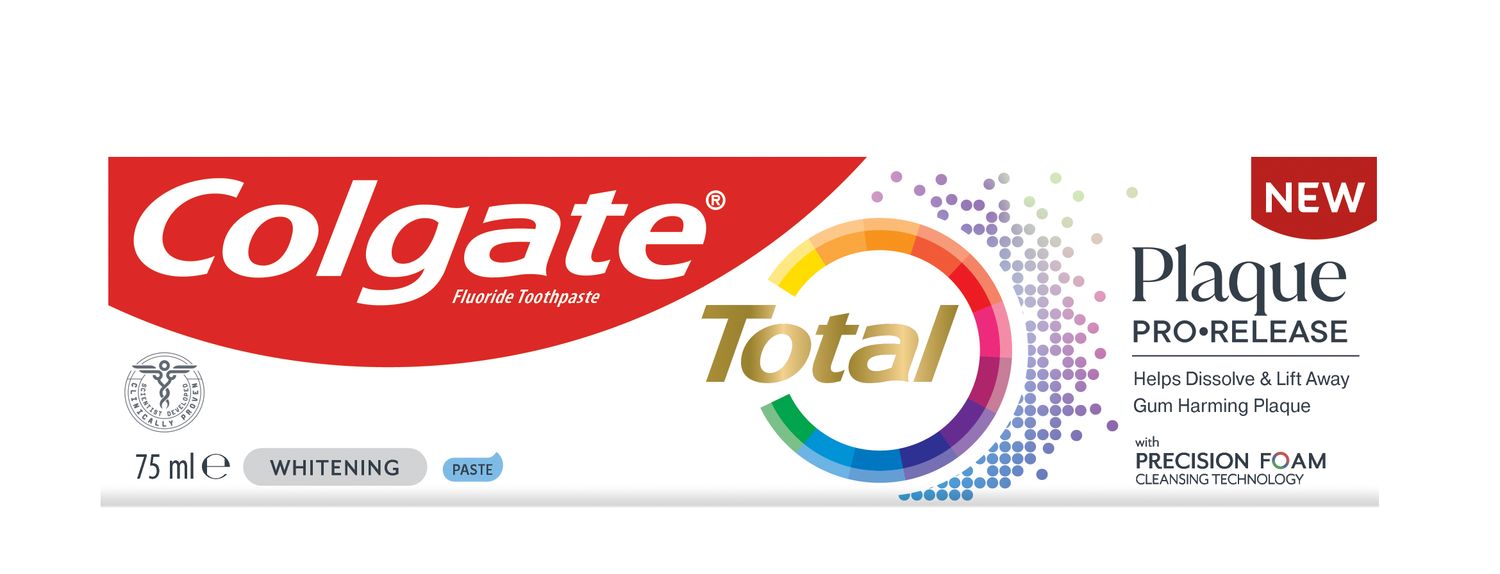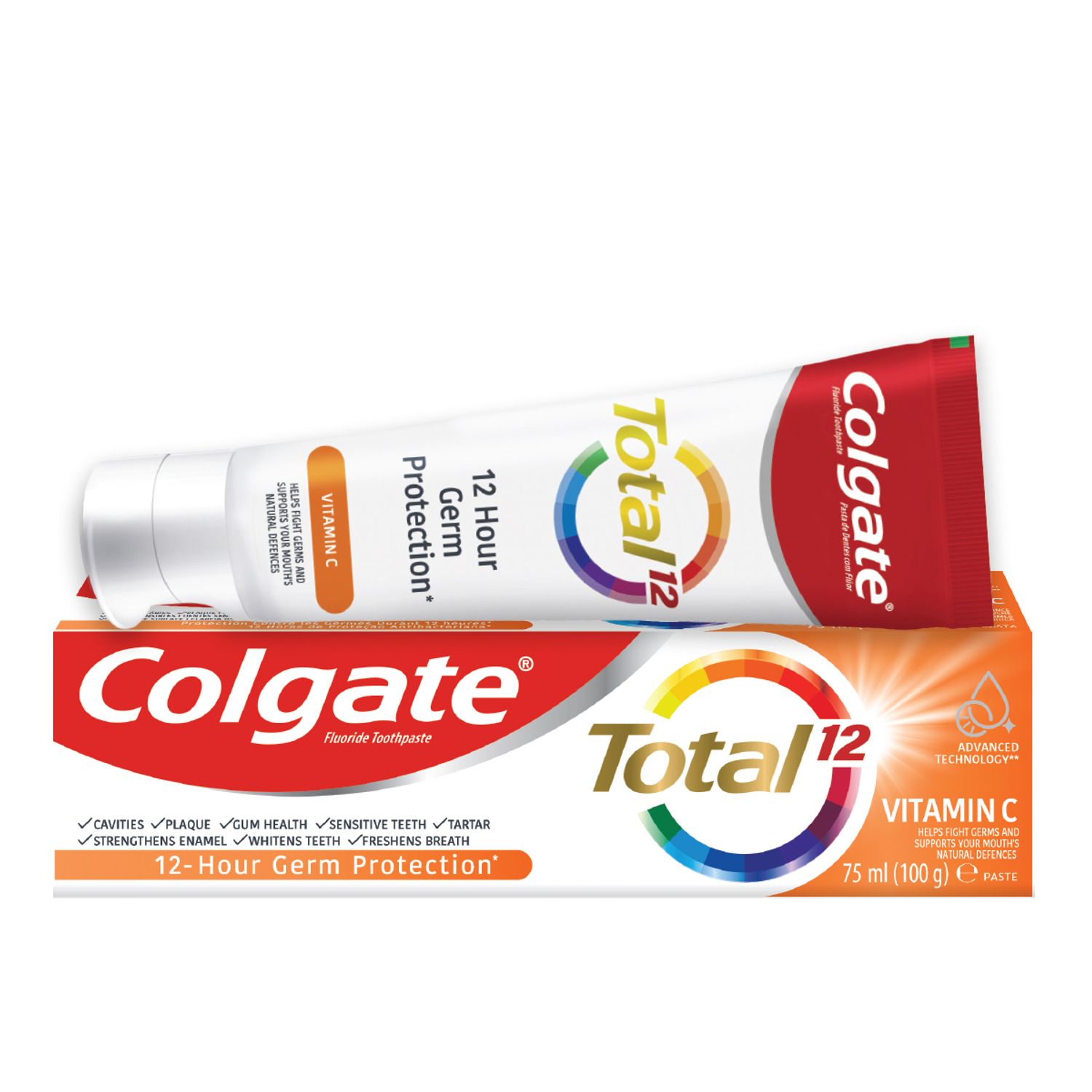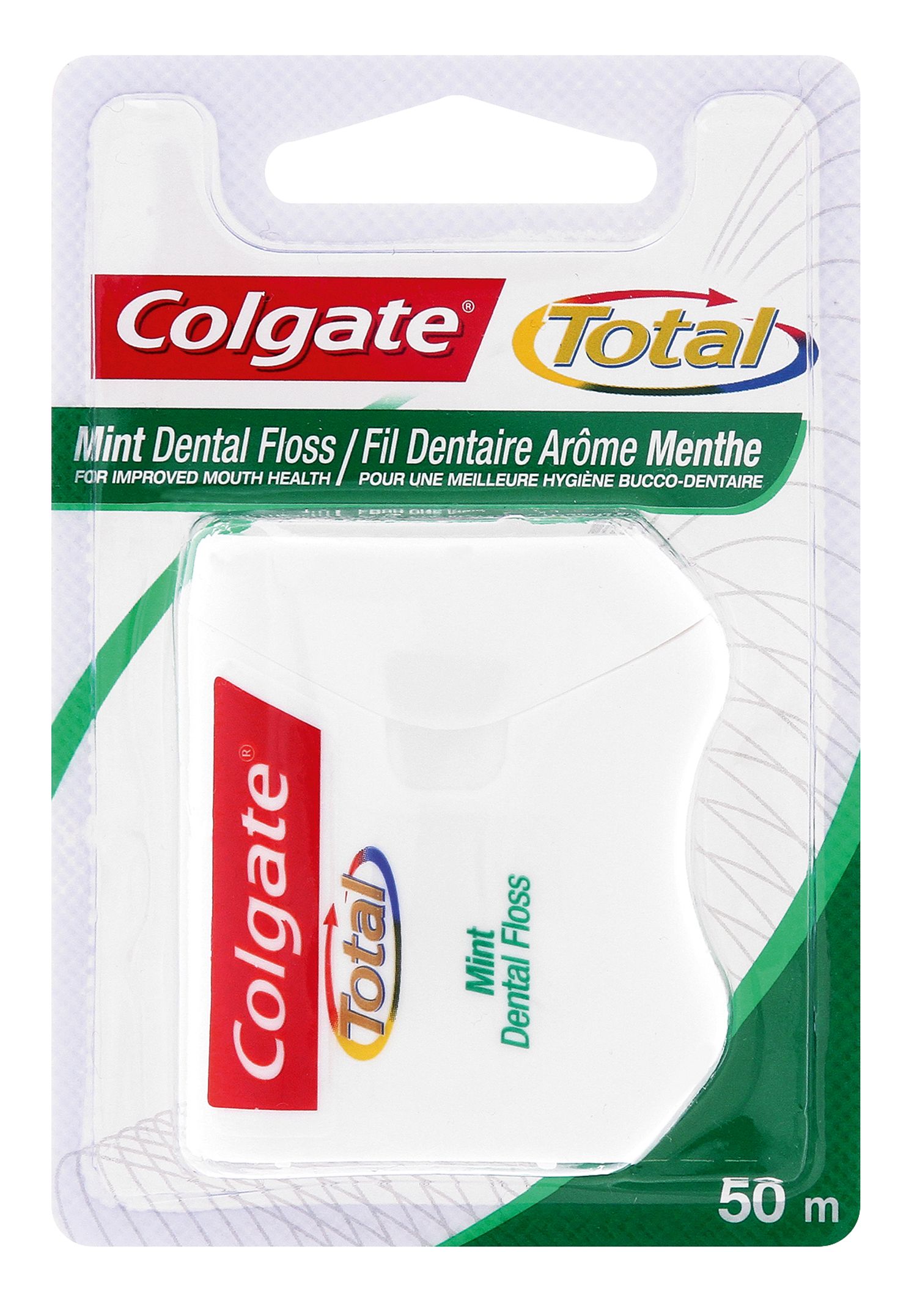-
-

CAVITIES
Can You Heal A Cavity At Home?You feel a sharp pain when you bite down or try to eat. You think it's a cavity, but you're not 100 percent sure...

BAD BREATH
How To Cure Bad BreathMore commonly known as bad breath, halitosis is an embarrassing hygiene issue that nobody wants, but some of us get every now and then...
-
Science & Innovation
- Colgate® | Toothpaste, Toothbrushes & Oral Care Resources
- Oral Health
- Cleft Lip/Palate
- What Is Cleft Lip / Cleft Palate?


A cleft lip is an upper lip that is split. Like a cleft palate, it is caused by the failure of the two sides of the face to unite properly while the baby is in the womb. Although no one knows exactly why clefts happen, they have a tendency to run in families. Hormonal imbalances, nutritional deficiencies, and certain drugs when used during pregnancy are possible causes.
A cleft palate occurs when there is a direct opening between the palate, or roof of the mouth, and the floor of the nose. During pregnancy, the baby's upper jaw fails to close as it should, leaving a gap. A cleft palate is a more serious condition than a cleft lip, although both require surgery in order to be corrected.
Eating, breathing, speech and psychological problems are some of the difficulties confronted by the child with a cleft lip or palate. To correct the condition, you will likely work with a team involving a plastic surgeon, maxillofacial surgeon, otolaryngologist (ear, nose and throat specialist), general dentist, orthodontist and oral surgeon.
How Do I Know If My Baby Has a Cleft Lip or Cleft Palate?
The doctor who delivers your baby will probably be able to tell right away if he or she has a cleft lip or palate. A cleft lip is easy enough to see. A cleft palate can vary in size from a small crack to a large hole in the roof of the mouth, and will become apparent soon after birth, if not immediately. When a baby with a cleft palate tries to feed, liquids or food may come out of its nose — something that can be addressed with special bottles and extra care until the baby is old enough to undergo surgery.
How are Cleft Lips and Cleft Palates Treated?
Surgically closing a cleft lip is simpler than repairing a cleft palate. The procedure is usually performed within three to four months after birth, and the scar usually fades as the child gets older.
With a cleft palate, surgery is delayed until the child is one to two years old, when the upper jaw has reached normal growth. If the damage is extensive, surgery may be put off until the child is between five and seven to prevent structural problems. In some cases, surgery is not possible or may not totally close the opening. In this case, a denture-like appliance, called an obturator, is made to cover the opening and allow normal eating.
Depending on the severity of the cleft palate, multiple surgeries may be required over an extended period of time. A plastic and/or maxillofacial surgeon performs corrective surgery on the face, while a general dentist, oral surgeon, otolaryngologist and/or orthodontist make appliances to correct any defects.
Your healthcare team will provide guidance and encouragement during the difficult time from birth to treatment. With the advances in surgical techniques and corrective appliances, the outlook for children born with cleft lips and palates is excellent. As the child gets older, little sign of the cleft should remain.
11/15/2010
Related Products

Helping dental professionals
More professionals across the world trust Colgate. Find resources, products, and information to give your patients a healthier future











